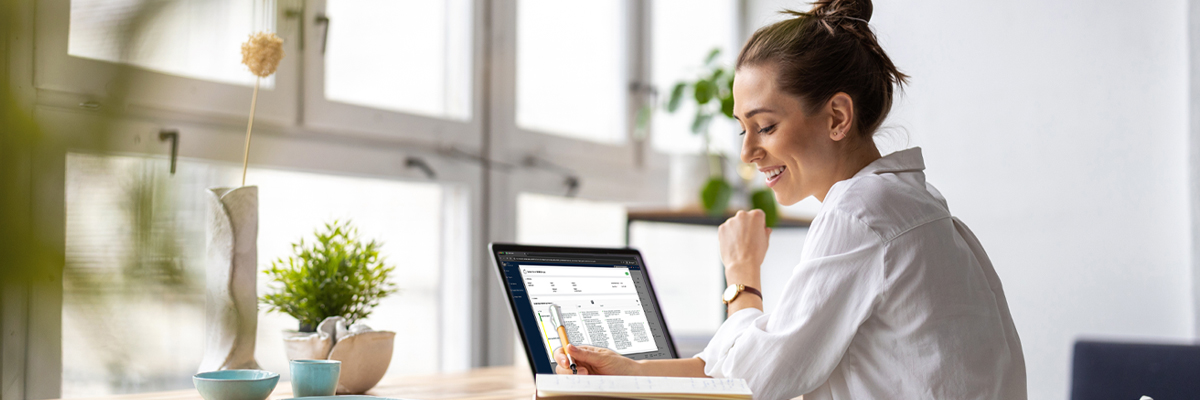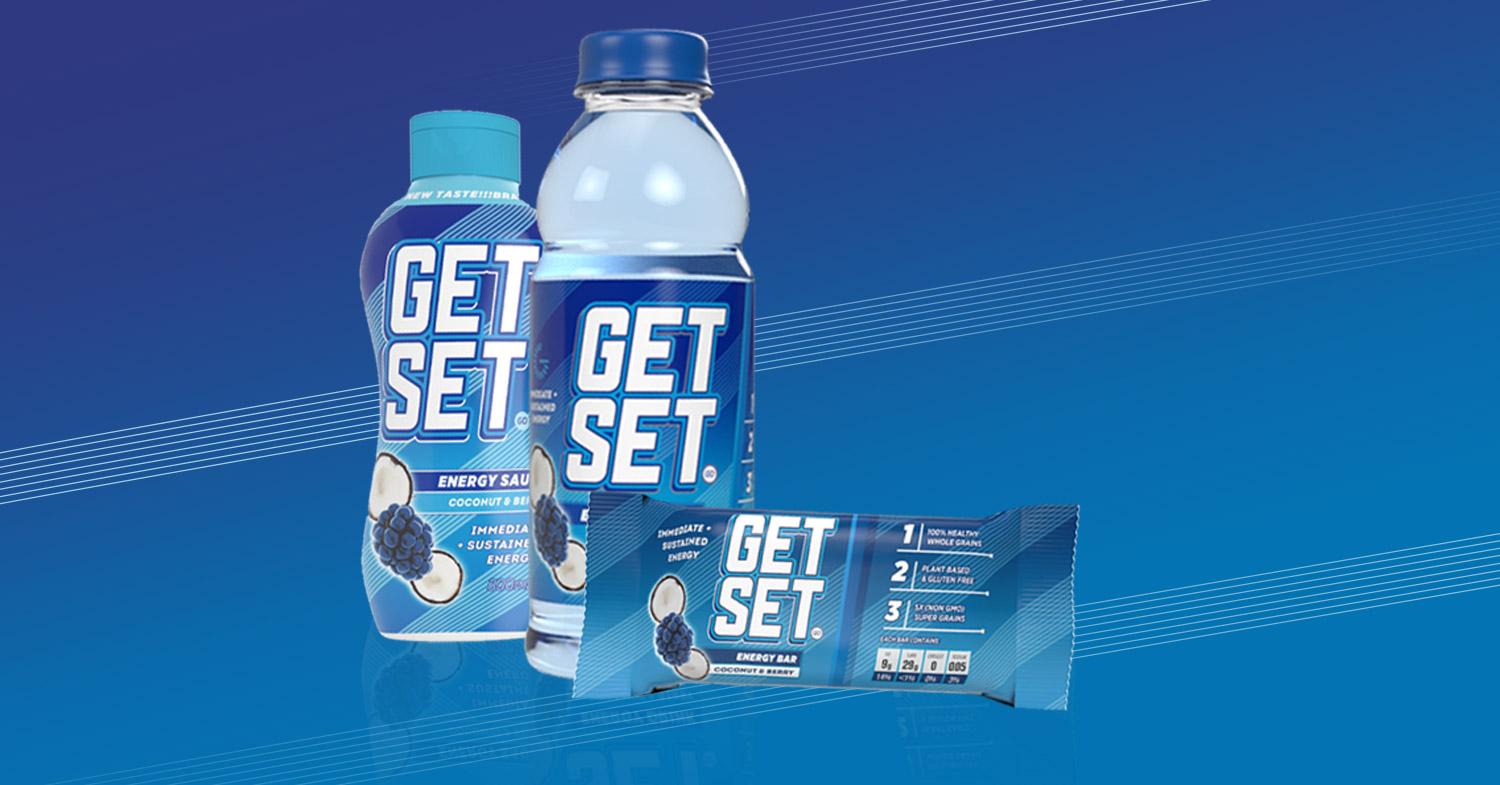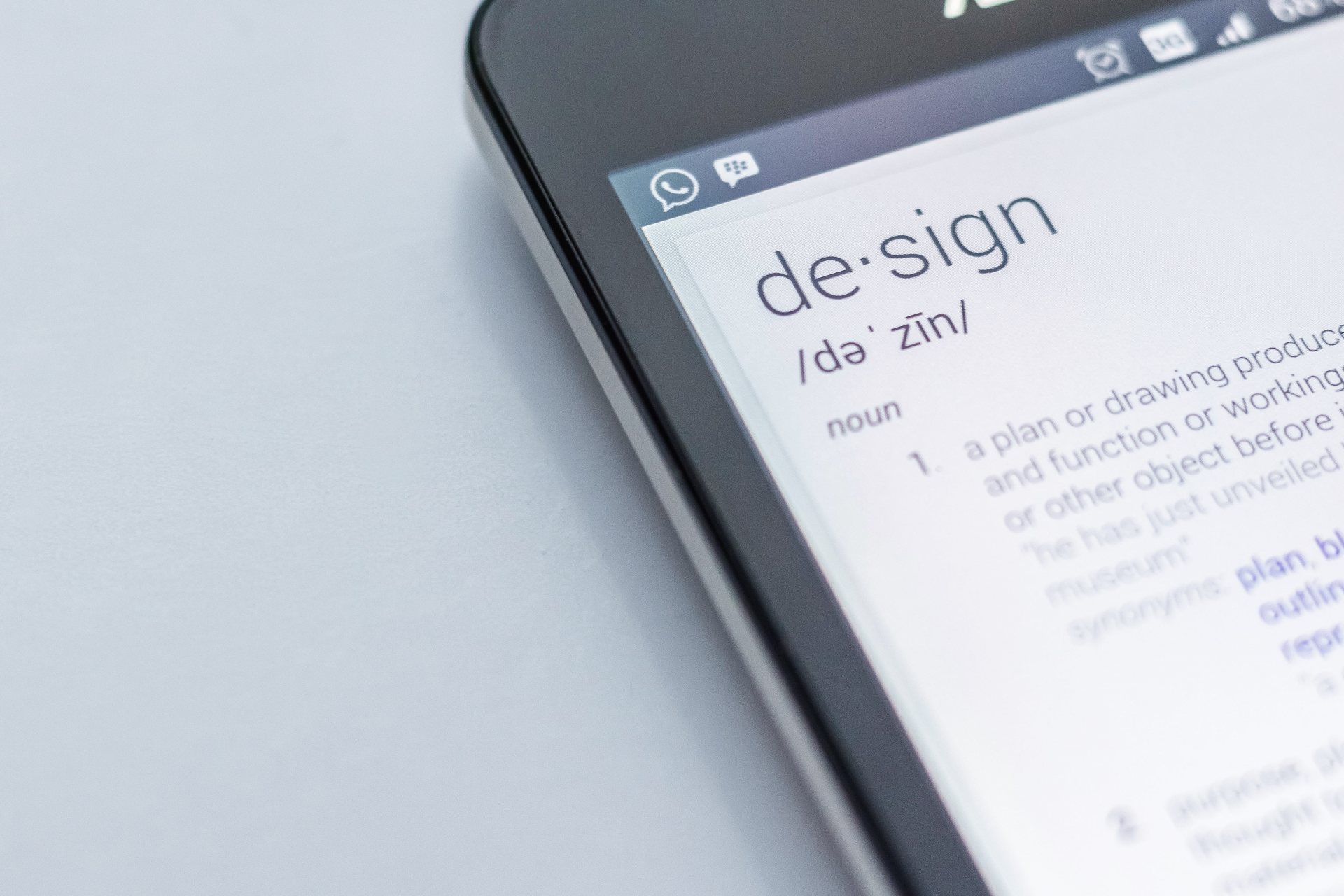In a moment when there is so much noise vying for our attention at every moment, CPGs and their brands continue to look for ways to cut through the clutter, grab attention and appeal to consumers. It’s ironic that many successful examples of packaging resonating with consumers today are those that choose to turn down the noise in order to cut through it. They use a little something called minimalist packaging strategy.
Minimalism in packaging has been growing steadily over the last 5 years, from designs that use far less wording, simple and reusable materials, fewer labels and colors, or simple design concepts, consumers have come to appreciate the focus on the products and ingredients in the package rather the clutter and diversion that comes with busy, over-designed packaging and labeling. Nowhere is this more evident than the RXBAR©.
There are four trends that I believe are shaping the move to minimalistic packaging designs; Consumer Sentiment of Millennials, Clean and Healthy Living Trends, Noisy Grocery Shelves and SKU Proliferation.
Millennials – They Love Minimalism
Many influencers in the industry have pointed to Millennials as the biggest reason for the increase in Minimalism in packaging. Millennials often choose brands that are eco-sensitive, plain-spoken, and focused on simple and natural ingredients. But a closer look at the history of packaging design shows us that the industry has been trending toward this movement for some time. There are three major factors that are driving minimalism in packaging – SKU proliferation, Clean & Healthy Living, and the need for companies to Break Through the Noise.
Clean & Healthy Living – White Space = Transparency
A third trend that has fueled the minimalist movement in packaging is the market’s sense of transparency and honesty in the marketing of products today. Access to information via the internet has produced consumers that are far more educated about the products they buy, and expect honest communication from the brands they are loyal to. Simplifying packaging is a response to that trend by brands and CPG companies.
Breaking Through the Noise
Looking at traditional packaging design mediums from the ’60s to the ’90s, there was such a dominant design aesthetic that prevailed – flashy labels that called out to consumers in the shopping aisle, that appealed to certain demographics (children), with offers and logos/mascots/gimmicks that it got to a point where there was so much clutter that designers almost had to go the other way, a full reboot to clean the palette of consumers. Look no farther than an old favorite – Doritos, from my formative years in high school and college.
SKU Proliferation
Competition for store shelf placement has never been higher, due to unprecedented growth in private label and own label products from retailers. Thirty years ago, shelves were stocked with a few competing national brands, and a generic store brand targeted at value shoppers. Today, SKU proliferation is at an all-time high, with National Brands competing with multiple SKU and line extensions from private label and retailer products. Investment in private label brand by retailers has changed the CPG industry, and brands have been forced to react. Clean and minimal packaging offers a stark difference on store shelves and catches the consumers eye, making it easier for smaller brands and start-up in the food industry to gain attention.
More than a Trend – Minimalism Is Becoming A Lifestyle
The success of minimalist approaches to packaging have ensured that this movement is more than just a trend – it is here to stay and will be a significant design aesthetic for years to come. In addition to the clear branding benefits, a residual benefit to minimalist packaging is the positive impact it has on the packaging commercialization process. Brand managers across the CPG market are sure to think positively on how minimalism reduces cycle time for packaging commercialization and enables their packaging teams to be more nimble and bring packaging to market more efficiently.
If the prevalence of minimalist packaging and product design is any indicator of its staying power, then the trend is well on its way to settling into the mainstream. Maybe for years to come. Here are just some of our favorite minimalist designs:
Mandarin Natural Chocolate by Yuta Takahashi



Packaging as Product—Flash Drives by Gigs to Go
Frequently Asked Questions
What Are The Main Aspects Of Minimalist Packaging?
When it comes to making your packaging minimalist, it’s all about keeping it simple. Humble appearance, to-the-point design, and never overstating your product. The idea here is that minimalism appears authentic, and therefore trustworthy. The packaging should be a no-frills representation of the product within.
How Can I Incorporate Minimalist Design In My Packaging?
All you need to do is scale back any excessive design features you may be using. Simplicity is king, so in that same vein, be sure you don’t state your product. Flashy marketing on packaging can come across as pushy and won’t get you the results you desire. Basically, be simple, clear, not flashy.
Is Minimalism In Packaging Expected To Be A Long-Term Trend?
Minimalist packaging is a trend that has been rising for the past few years and is expected to continue into the future. Packaging trends tend to change every 10 years or so, but the transition is often very subtle. We can expect minimalist packaging to be a theme for the foreseeable future.














